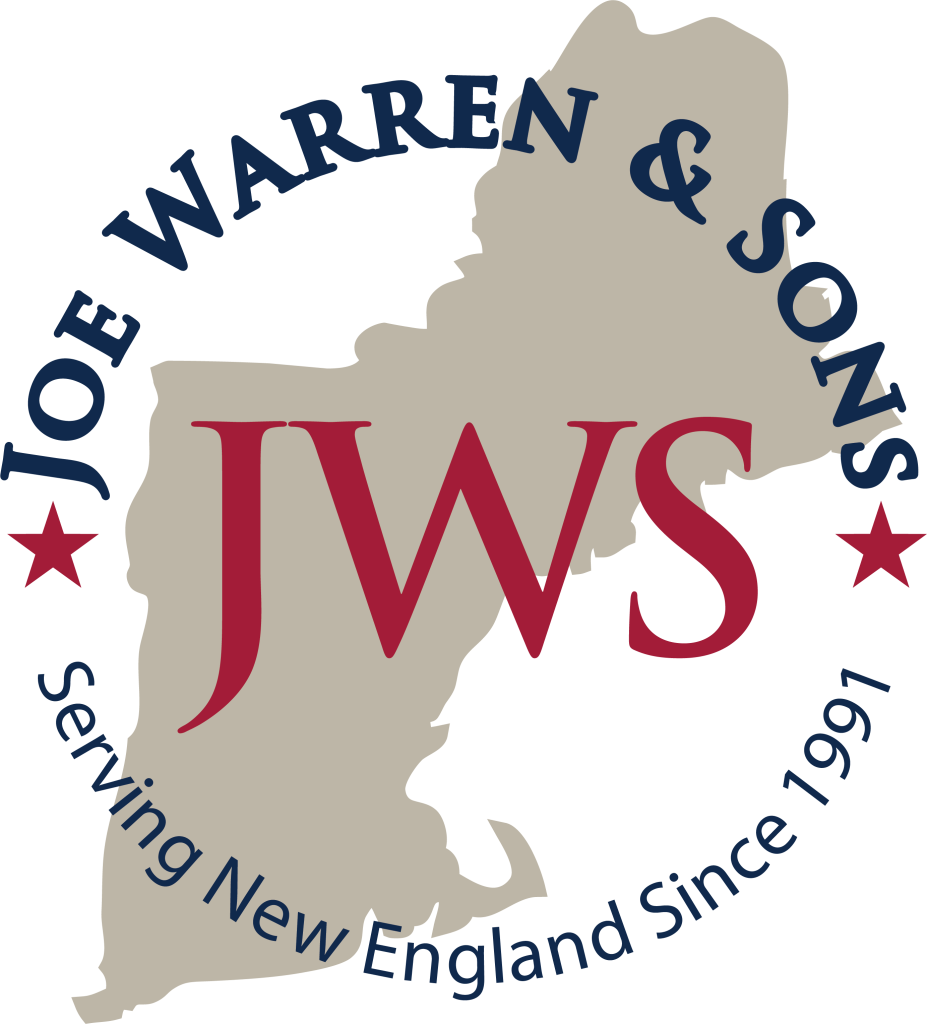Kitchen staff uniforms are designed to both designate rank and keep chefs clean and comfortable during service; they are often mandatory when working in a professional kitchen. Oftentimes, though, footwear choice is overlooked, and can be responsible for numerous injuries in the kitchen.
To keep kitchen staff safe, encourage them to wear closed-toed footwear at all times. Simply wearing close-toed footwear will prevent lacerations from falling knives, scalds, burns from hot water and oil, and chemical burns from cleaning products. The material of the footwear should be heavy-duty and waterproof and the soles should be non-slip to prevent falls.
